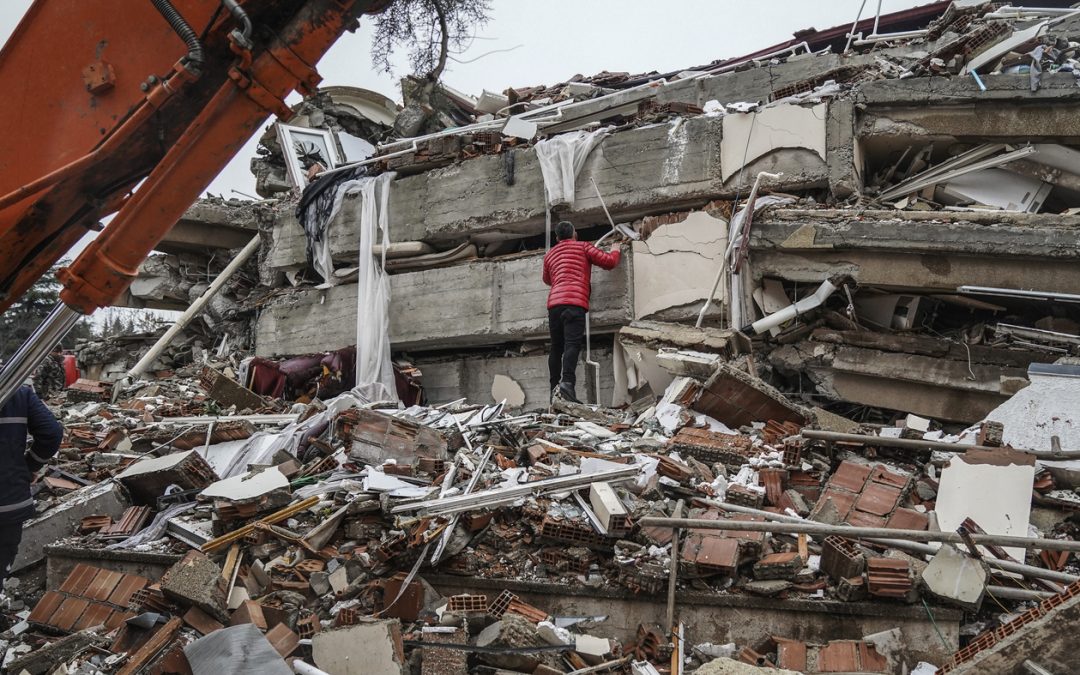The area of Turkey and Syria is no stranger to earthquakes. For millennia, the Arabian Peninsula has been slowly moving north, colliding with Turkey and causing earthquakes in the region. But it had been decades since an earthquake of this magnitude had hit. On Monday, a 7.8-magnitude earthquake, followed by aftershocks, shook the area, leaving more than 5,000 people dead across Turkey and Syria.
In this blog post, we’ll take a look at what caused this devastating earthquake and why it caused so much damage. We’ll also discuss the tectonic shift that has been causing earthquakes in the region for centuries, the fault that was overdue for a big one, the type of earthquake it was, and the aftershocks that are still to come.
The Arabian Peninsula is part of a tectonic plate that is making its way north into the Eurasian Plate, and the entire nation of Turkey is getting squeezed aside. This tectonic shift has been behind earthquakes for millennia in the area, including one that flattened the Syrian city of Aleppo in 1138. More recent quakes, such as the 1999 one that struck the city of İzmit, have killed many thousands.
Most of the largest earthquakes in the past hundred years have been along the North Anatolian Fault. But stress had been building along another major fault: the East Anatolian Fault. That fault had seen some big earthquakes in the past, but more recently, there hadn’t been as much activity. Some researchers had begun to suspect the fault was due for a major quake, and Monday’s quake is believed to be the most powerful that Turkey has seen in more than 80 years.
Monday’s quake was a “strike-slip” earthquake, which occurs when two pieces of the Earth are sliding horizontally past each other. This particular quake occurred because the Arabian Plate is sliding past the Anatolian Plate. That sliding motion also meant the shaking was spread out for many kilometers along the fault.
Turkey has seismic codes to try to prevent buildings from collapsing, but it’s possible that some older buildings are vulnerable. It’s also possible that some newer buildings may not have been up to code.
The U.S. Geological Survey has already recorded more than a hundred aftershocks in the region, and experts expect they will continue for some time. All the pieces of the Earth will slowly adjust and break and rupture and come to a new equilibrium.
The devastating earthquake that shook Turkey and Syria on Monday is a stark reminder of the power of nature. We can only hope that the aftershocks will be few and far between, and that the affected area will be able to rebuild and recover from this tragedy.
Source: www.npr.org
